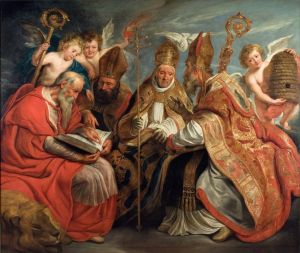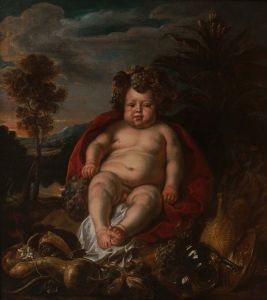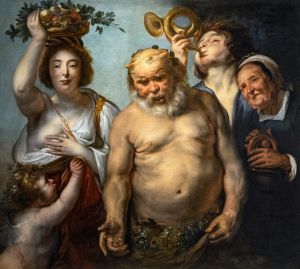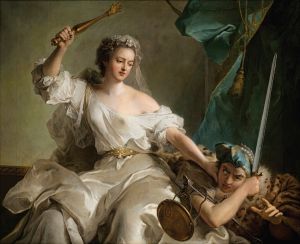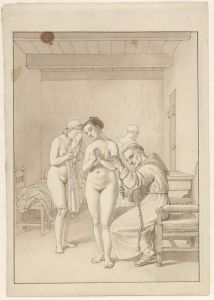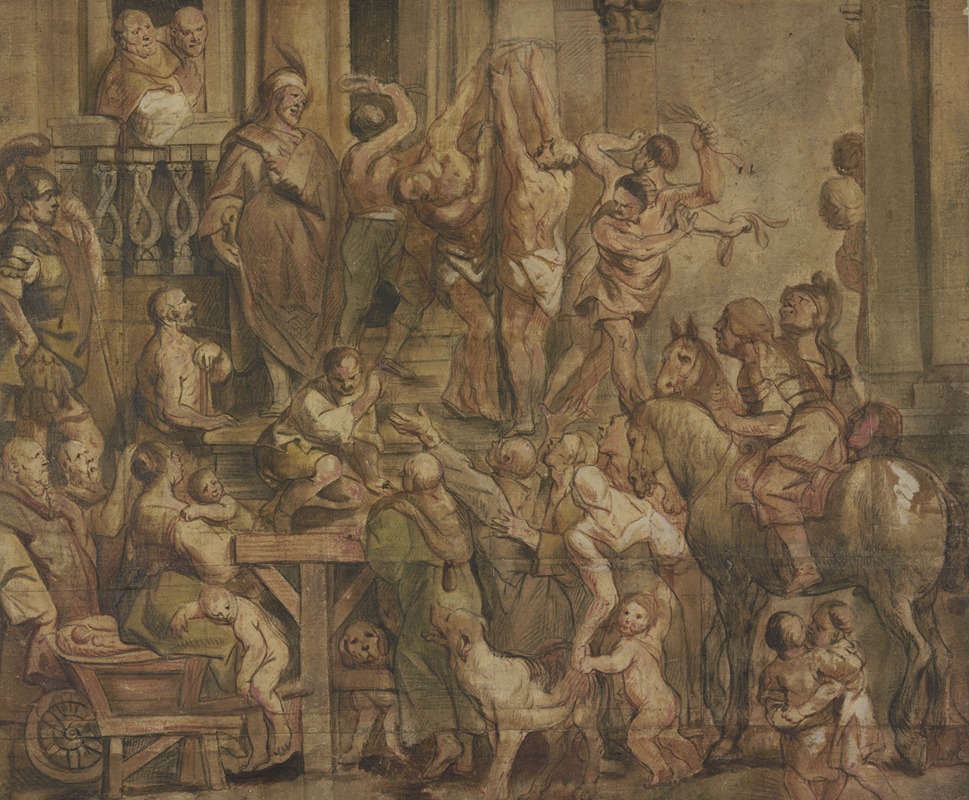
Flagellation of the wrongdoers
A hand-painted replica of Jacob Jordaens’s masterpiece Flagellation of the wrongdoers, meticulously crafted by professional artists to capture the true essence of the original. Each piece is created with museum-quality canvas and rare mineral pigments, carefully painted by experienced artists with delicate brushstrokes and rich, layered colors to perfectly recreate the texture of the original artwork. Unlike machine-printed reproductions, this hand-painted version brings the painting to life, infused with the artist’s emotions and skill in every stroke. Whether for personal collection or home decoration, it instantly elevates the artistic atmosphere of any space.
Jacob Jordaens' painting Flagellation of the Wrongdoers is a work attributed to the Flemish Baroque artist, who was active during the 17th century. Jordaens, a contemporary of Peter Paul Rubens and Anthony van Dyck, is known for his dynamic compositions, vivid use of color, and ability to depict dramatic scenes with emotional intensity. While Jordaens is most famous for his genre scenes and mythological or biblical subjects, this particular painting reflects his interest in moral and allegorical themes.
The painting depicts a scene of punishment, with individuals being publicly flogged for their wrongdoings. The composition is marked by Jordaens' characteristic use of strong contrasts between light and shadow, which heightens the dramatic tension of the moment. The figures are rendered with a sense of physicality and movement, emphasizing the brutality of the act and the emotional responses of those involved. The artist's attention to detail is evident in the expressions of the figures, as well as in the textures of their clothing and surroundings.
The exact context or commission for this painting is not well-documented, but it aligns with the moralistic themes often explored in 17th-century Flemish art. During this period, public punishments were a common practice in Europe, and such scenes were sometimes depicted in art as a reflection of societal norms and justice systems. Jordaens may have intended the painting to serve as a moral lesson, warning viewers of the consequences of immoral behavior.
As with many of Jordaens' works, the painting demonstrates his ability to balance realism with theatricality. The figures are portrayed with a naturalism that captures their humanity, while the overall composition is carefully arranged to draw the viewer's eye to the central action. The use of light and color further enhances the emotional impact of the scene.
While Flagellation of the Wrongdoers is not as widely studied or celebrated as some of Jordaens' other works, it remains an example of his skill in conveying complex narratives through visual art. The painting is housed in a collection, but specific details about its provenance or current location are not readily available in public records.
This artwork contributes to the broader understanding of Jordaens' oeuvre and the themes prevalent in Flemish Baroque art, particularly the interplay between morality, justice, and human emotion.





